Well-known for eye-catching graphics and innovative technology, Hala Gear is one of the handful of standup paddle board companies focused on the inflatables market – most feature hard-shells with a few inflatables thrown into the mix.
Founded in 2011 by Peter Hall, Hala Gear headquarters is based out of Steamboat Springs, Colorado. The company philosophy is committed to performance, durability and quality – in fact, each of the Hala inflatable boards carries a three-year manufacturer’s warranty.
For 2018, Hala has 20 models for surfing, whitewater, recreation, touring and racing, ranging in size from 6’11” to 14’0″. This includes the introduction of 3 new models – the Carbon Playita 9’0″, Rival Nass 12’0″ and Rival Playa 11’0″ – and some minor revamped graphics on several of the boards. Boards range in price from $999 to $1599.
As shape, thickness and construction all make a difference in a board’s performance under varying conditions, we’ll first give a little insight into the thought-process behind Hala boards.
Hala boards have three general construction types – carbon, core and fusion. The Carbon boards feature a carbon/kevlar-type woven stringer, strategically placed to give an extra layer down the central length of the board – think “rigidity and performance.” The Core boards are constructed with two layers of drop-stitch material and are typically found in the boards that will see more hard “core” action – think “bombproof.” The Fusion SUPs utilize a newer laminating technology that saves material and weight, think “lighter” and “value-priced.”
Besides construction type, the rocker (how straight or curved is the side view from nose to tail) makes a difference in board attributes. Hala has three generic types – glide, progressive and full. The Glide Rocker feature a slight rise in the nose and tail, which increases glide and speed, yet still allows some maneuverability. The Full Rocker boards have a more precise and pronounced curvature from tip-to-tail for superior maneuverability and surfability – great for surf and whitewater. The Progressive Rocker sits in-between the two, allowing the boards to be playful yet maneuverable – more “all-round.” The photo above shows the Glide Rocker, followed by the Progressive Rocker, then Full Rocker.
All 2018 Hala iSUPs come with the Back Country Comfort Rolling Backpack or Travel Tough Backpack – both feature integrated wheels, making it easier to thread through airport lobbies, while still comfortable enough to pack into the remote country. All boards come with the Hala pump and pressure gauge, a nifty little 12-volt car pump that allows you to fill out the board quickly, repair kit and instructions. The Rival series and Asana fitness board – called the Straight-To-The-Water package – also include an adjustable, aluminum breakdown paddle.
With all the models, activity types, sizes and features, how
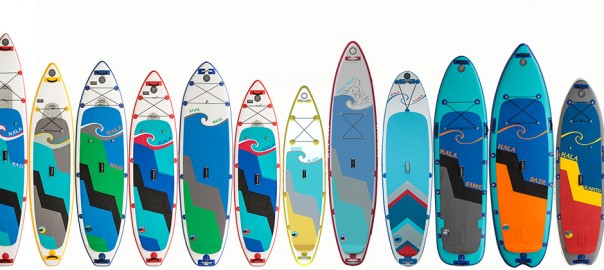
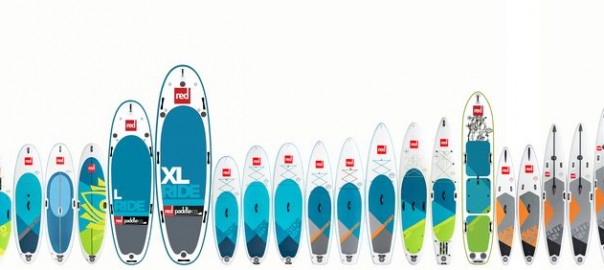
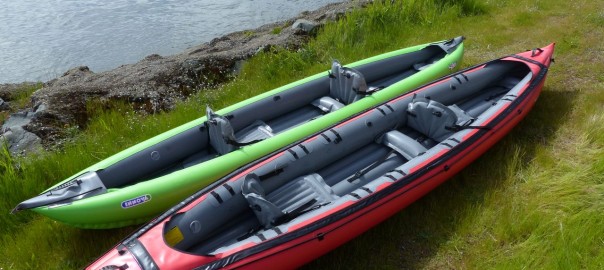

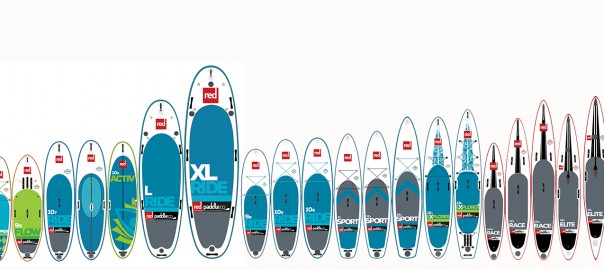
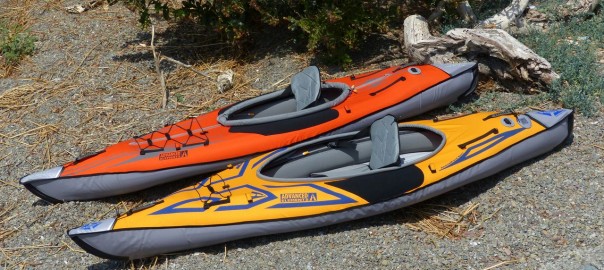

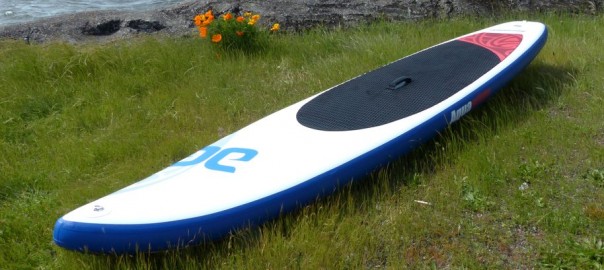
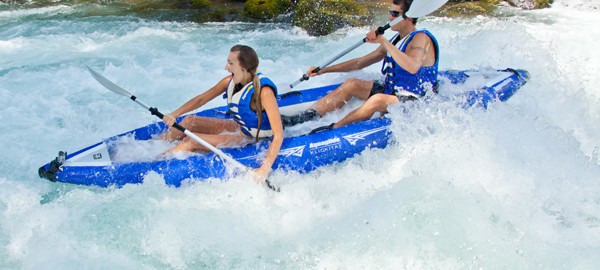
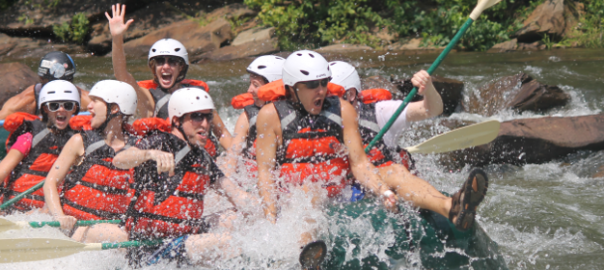
You must be logged in to post a comment.